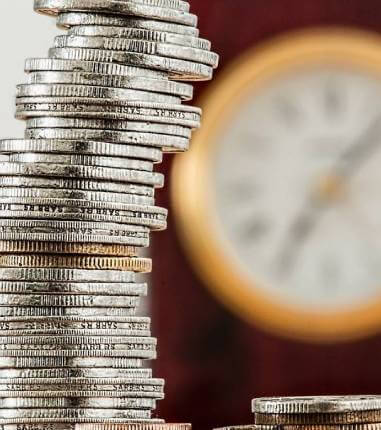If you have any ₹ 2000 notes in your possession, you might be wondering what to do with them. The Reserve Bank of India (RBI) has recently announced that it will stop printing and circulating these notes, as part of its efforts to curb black money and counterfeiting. However, this does not mean that the ₹ 2000 notes are invalid or illegal. You can still use them for transactions, deposit them in banks, or exchange them for lower denominations.
Here are some things you should know about the ₹ 2000 notes and how to deal with them:
- The ₹ 2000 notes were introduced in November 2016, after the demonetization of ₹ 500 and ₹ 1000 notes. They were meant to ease the cash crunch and facilitate high-value transactions. However, they also faced criticism for being inconvenient, easy to counterfeit, and prone to hoarding.
- The RBI has not issued any official notification or deadline for withdrawing the ₹ 2000 notes from circulation. However, it has reduced the supply of these notes over the years and has not printed any new ones since April 2019. As a result, the share of ₹ 2000 notes in the total currency in circulation has fallen from 50% in March 2017 to 13% in March 2021.
- The RBI has also instructed banks to recalibrate their ATMs to dispense more ₹ 500 and ₹ 100 notes, instead of ₹ 2000 notes. This is to ensure that there is enough cash availability for the public, especially in rural areas. You might have noticed that it is becoming harder to find ₹ 2000 notes in ATMs or shops these days.
- The ₹ 2000 notes are still legal tender, and you can use them for any transaction as long as the other party accepts them. However, you might face some difficulties or inconvenience while using them, such as getting change, paying bills, or buying groceries. Some merchants might refuse to accept them due to fear of fake notes or lack of change. You might also face suspicion or scrutiny from tax authorities if you use large amounts of ₹ 2000 notes.
- The best way to deal with your ₹ 2000 notes is to deposit them in your bank account or exchange them for lower denominations at a bank branch or post office. You can also use them for digital payments, such as UPI, NEFT, RTGS, or mobile wallets. You do not need to panic or rush to get rid of your ₹ 2000 notes, as they are still valid and will remain so until further notice from the RBI.
The ₹ 2000 notes are part of India’s currency system, and you have the right to use them as long as they are legal tender. However, you should also be aware of the changing trends and preferences in the cash economy and adapt accordingly. By using more digital modes of payment and lower denomination notes, you can avoid the hassles and risks associated with the ₹ 2000 notes.










